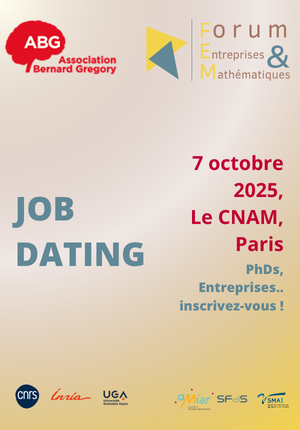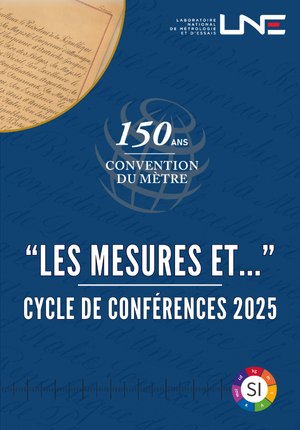POST DOC on generated content detection toward generalization on unknown dataset part of the CI2(IA) ANR project
| ABG-132943 | Emploi | Confirmé |
| 17/07/2025 | CDD 14 Mois | Salaire à négocier |
Employeur
Public establishment belonging to IMT (Institut Mines-Télécom), placed under the supervision of the Ministry of Economy, Finance and Industrial and Digital Sovereignty, IMT Nord Europe has three main objectives: providing our students with ethically responsible engineering practice enabling them to solve 21st century issues, carrying out our R&D activities leading to outstanding innovations and supporting territorial development through innovation and entrepreneurship. Ideally positioned at the heart of Europe, 1 hour away from Paris, 30 min from Brussels and 1h30 from London, IMT Nord Europe has strong ambitions to become a main actor of the current industrial transitions, digital and environmental, by combining education and research on engineering and digital technologies.
Located on two main campuses dedicated to research and education in Douai and Lille, IMT Nord Europe offers research facilities of almost 20,000m² in the following areas:
- Digital science,
- Energy and Environment,
- Materials and Processes.
For more details, visit the School’s website : www.imt-nord-europe.fr
The post-doc will be conducted at the Centre d'Enseignement, de Recherche et d'Innovation - Systèmes Numériques (CERI SN), located on the Villeneuve d'Ascq campus. The candidate will become part of the HIDE axis, focusing on the theme of data reliability. Additionally, there will be opportunities to collaborate with colleagues involved in other research areas.
Poste et missions
The post doc is part of the Checking Image Integrity for Anticipating Influence Attacks [CI2(IA)] ANR project. In this context, we are interesting by passive and active methods (watermarking). Passive methods tend to be a necessity as we cannot trust image provenance currently. It is possible to detect which generator has been used to make up a fake image if it is present in the training dataset. Indeed, it is known that generators may leave artificial fingerprints [1]. We want to evaluate how much the mismatch from the point of view of a detector is coming from the difference between generators. In order to tackle this problem, we work with the notion of regret, which evaluate the difference of performances to train with a dataset compared with another on the same target dataset. To address the mismatch issue, we will use domain adaptation to improve detection as we want to ensure that a detector will be accurate for an unknown generator. Thus, we can adapt domain adaptation steganalysis approaches, where the mismatch comes from the development pipeline, to detect image forgeries done by deepfakes [2]. We also want to investigate the training on a well-chosen set of generated images from different known generators to solve the generalization problem.
The objectives of the post doc are :
- Understand the behaviour of detection method (which features are relevants),
- Compare and theorize good metrics between distributions that will be use to minimize the regret,
- Optional participation in teaching activities in data science, signal processessing and machine learning is possible.
[1] F. Marra, D. Gragnaniello, L. Verdoliva, and G. Poggi. “Do GANs leave artificial fingerprints?” 2019 IEEE conference on multimedia information processing and retrieval (MIPR). IEEE. 2019, pp. 506–511.
[2] Abecidan, R., Itier, V., Boulanger, J., Bas, P., & Pevný, T. (2023, December). Leveraging data geometry to mitigate csm in steganalysis. In 2023 IEEE International Workshop on Information Forensics and Security (WIFS) (pp. 1-6). IEEE.
Mobilité géographique :
Prise de fonction :
Profil
|
Skills |
Knowledge |
|
|
Vous avez déjà un compte ?
Nouvel utilisateur ?
Vous souhaitez recevoir nos infolettres ?
Découvrez nos adhérents
 Tecknowmetrix
Tecknowmetrix  MabDesign
MabDesign 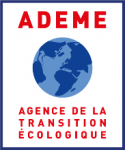 ADEME
ADEME  SUEZ
SUEZ  Nokia Bell Labs France
Nokia Bell Labs France  Institut Sup'biotech de Paris
Institut Sup'biotech de Paris  MabDesign
MabDesign  Généthon
Généthon 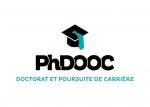 PhDOOC
PhDOOC 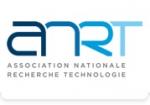 ANRT
ANRT  ONERA - The French Aerospace Lab
ONERA - The French Aerospace Lab  Ifremer
Ifremer  CESI
CESI  Groupe AFNOR - Association française de normalisation
Groupe AFNOR - Association française de normalisation  ASNR - Autorité de sûreté nucléaire et de radioprotection - Siège
ASNR - Autorité de sûreté nucléaire et de radioprotection - Siège  Laboratoire National de Métrologie et d'Essais - LNE
Laboratoire National de Métrologie et d'Essais - LNE  CASDEN
CASDEN  Aérocentre, Pôle d'excellence régional
Aérocentre, Pôle d'excellence régional  TotalEnergies
TotalEnergies

